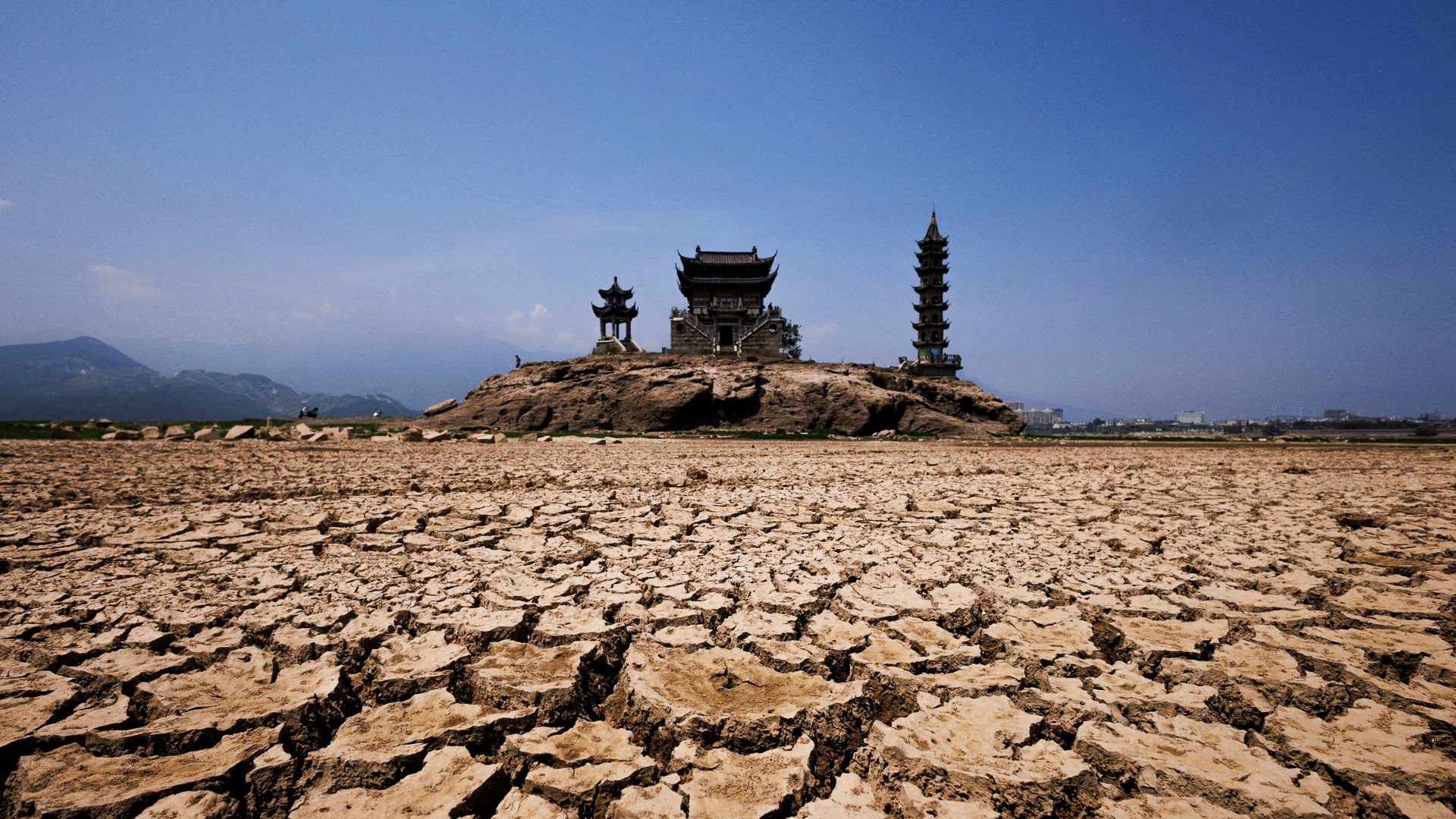China, renowned for being first with technological advancements, is exploring cloud seeding, GM crops, and a multibillion-dollar water transfer project to address its severe drought problem.
Following an unprecedented 2-month heatwave, China is being forced to show its mettle as a leading innovator to survive record water shortages.
Between mid-June and August, the average temperature increase across provinces was reportedly around 1.2C higher than the seasonal norm.
While this may not sound like a lot, this shift has led to the lowest levels of rainfall in over 60 years, decimated croplands, large-scale wildfires, and damaged power supplies. In terms of duration, intensity, and impact, it has been regarded as the ‘most severe’ on record, according to experts.
In harrowing images beaming the world over, lakes have completely dried up and once grassy plains are now cracked and lifeless. Amid the frenzy to get things back on track, somewhat ironically, the country has decided to burn more coal to account for energy deficits.
While this news is obviously frustrating, the situation has become fairly desperate. Besides, this isn’t the only plan of action, and state-of-the-art technology is now entering into the fray.




















